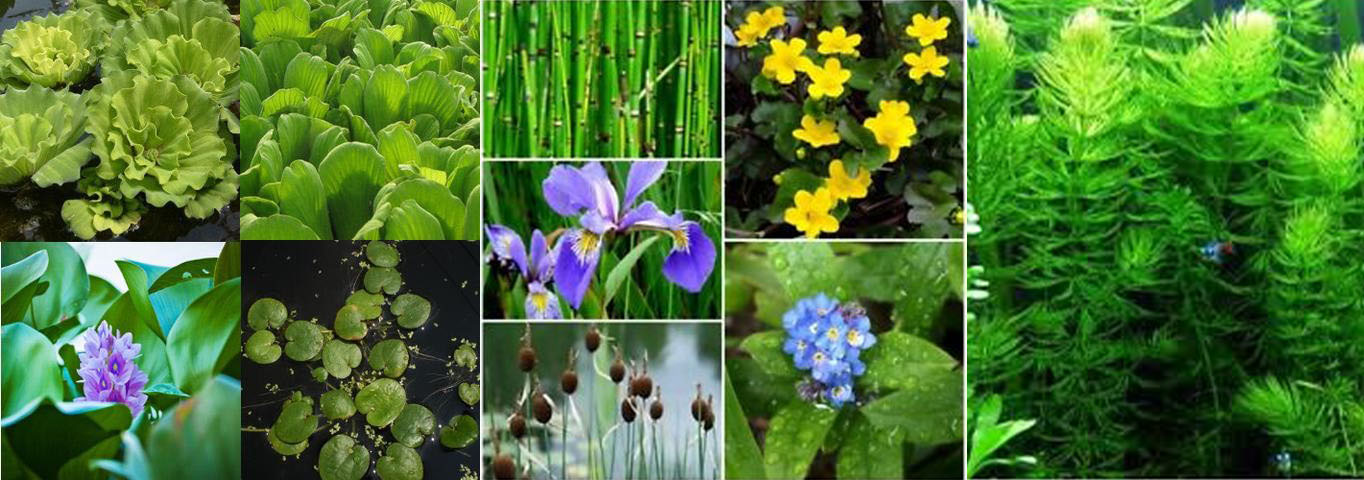Pond Filtration Techniques For Backyard Pond Owners
Pond Filtration Techniques: There are three types of pond filtration systems and each has its own job to perform, but having a combination of all three is the best solution for keeping your pond water clean, clear and healthy.
Let's dive in and learn more about these three types of backyard pond filtration system:
Biological Filtration is the action of good bacteria built up in the filtration system breaking down, or oxidizing, dangerous wastes like ammonia and converting it to useful plant nutrients called nitrates .

- The process of biological filtration, also known as the Nitrogen cycle, involves the circulation of harmful wastes through filter media.
- Filter media that is inside a biological pond filter, such as a waterfall box, consists of various materials which offer a lot of surface area for beneficial bacteria to colonize on. The more surface area available, the better the filtration.
- Filter media examples are: Matala Filter Mat and filter media bags filled with Bio-Cubes.
- Your pond pump circulates water carrying ammonia waste through filter media which collects the waste from the pond water and essentially feeds the good bacteria.
- Good, beneficial bacteria such as Pond Basics Pond Starter Dry Bacteria should be added to your pond weekly, bi-weekly or monthly to help keep your biological filter working to its full potential. Some manufacturers may suggest adding product less often, but in my opinion, making it a weekly habit will reduce the risk of forgetting to put it in at the ‘right time.’ I recommend splitting your monthly dose into weekly sizes.
- You may also be interested in installing an Automatic Dosing System. It will automatically add pond water treatments to your pond for you - eliminating a routine. You’ll only have to change the pouch when it needs it.
Mechanical Filtration is the action of removing suspended particles and undissolved organics like leaves, debris, algae and other solids that may get into your pond water from the wind and rain.

- Mechanical filters can be a pre-filter cage or sponge on the intake of the pump, a lava rock filter at the bottom of the pond that houses a pump, a pump bag (pump defender) or a pond skimmer.
- Mechanical filter media consists of a screen, a net or a pad that collects the debris as water is pumped through it.
- Regular cleaning of these filters will physically remove the contaminants from the pond, helping to keep your pond water clear.
Natural & Plant Filtration is essential in absorbing ammonia and nitrates through the aquatic plant roots, thus removing broken down waste from the pond water.

- While some plants like hornwort (seaweed) are sunk to the bottom, some pond plants sit on ledges in shallow water, while others float on the surface with its roots dangling just below.
- A bog garden is a prime example of natural filtration. Read the “ Benefits of a Bog” to learn more.
- Just
like the different types of filtration, there are different types of aquatic plants
that share the responsibility of keeping your pond water clean, clear and
healthy.
- Submersible pond plants consume nutrients and toxic waste from the bottom of the pond.
- Marginal pond plants found in a bog or on the ledges of the pond will use up the nitrates created through the nitrogen cycle. The more circulation of the pond water through and around the root system the better job they can do.
- Floating pond plants help reduce ammonia and phosphates suspended in the water.
Your koi and other pond fish rely on pond filtration for good health. Think of it as the “air ventilation” in their home. Shop pond supplies online or visit us at our garden center in Uniontown Ohio.
